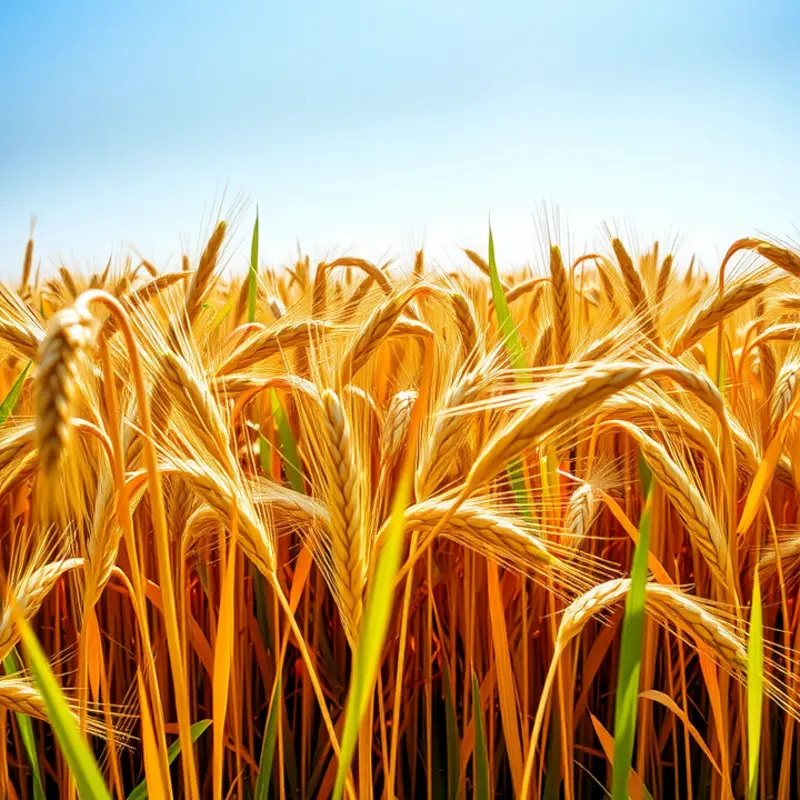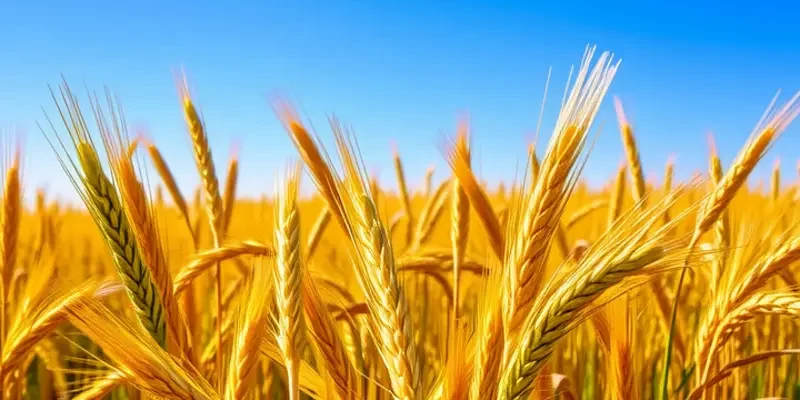Around the world, staple foods serve as the backbone of culinary traditions, bringing nourishment, culture, and history to our tables. From rice and corn to potatoes and grains, the preparation of these essential ingredients varies greatly—from cooking methods to accompanying dishes—reflecting the unique identities of different cultures. Let’s embark on a journey to uncover the fascinating practices surrounding staple foods from diverse corners of the globe.
The Grain Staples: Connecting Cultures

Grains have served as the robust backbone of human diets for millennia. The versatility, nutrition, and availability of grains like rice, wheat, and corn have led to their deep cultural integration. Each region has its time-honored methods of transforming these grains into beloved culinary staples.
In Asia, rice is more than just a meal accompaniment; it is a symbol of life and fertility. Varieties such as Jasmine, Basmati, and short-grain Koshihikari provide nuanced flavors and textures. Among the traditional dishes, Japanese sushi showcases the cultural artistry of rice. Each grain meticulously seasoned and cooled, highlighting a culinary finesse passed down through generations. Similarly, in India, the aromatic Biryani celebrates a rich tapestry of spices, proteins, and fluffy rice, reflecting a history of cultural fusions.
Wheat reigns supreme in the Middle East and Europe, where the art of baking has been honed over centuries. Middle Eastern flatbreads like pita or lavash are crafted with simplicity. They are often cooked in tandoor ovens, resulting in soft, pocketed bread perfect for scooping hummus or wrapping kebabs. In Italy, wheat takes the form of artisanal pasta. Handcrafted using age-old techniques, the transformation from durum wheat into silky ribbons of Fettuccine or penne encapsulates the heart of Italian gastronomy.
Corn, a staple from the Americas, has a transformative presence in cultures from Mexico to Africa. In Mexico, corn forms the heart of masa, the dough used for tortillas, tamales, and gorditas. The tradition of nixtamalization—a process of soaking corn in alkaline water—unleashes the nutrient-rich potential of maize, enhancing flavor and digestibility. Meanwhile, in Africa, cornmeal is widely used to make fufu or sadza, providing a base for vegetables and meats, underscoring corn’s adaptability across diverse culinary landscapes.
The intricate art of preparing these grains is not just about sustenance but also community. Family rituals around grinding, soaking, and simmering grains are woven into daily life. The varied preparations across cultures underscore not only the grains’ adaptability but also their role in forging social bonds through food.
Wherever we look, grains offer more than nutrition; they embody cultural heritage and collective identity. Each preparation method tells a story of adaptation, survival, and celebration. The legacy and traditions embraced by grain dishes are not just culinary experiences but a celebration of diverse culinary practices worldwide.
Explore how different cultures influence grain-based dishes and adaptations through historical trade routes in this detailed exploration.
Vegetable Delights: The Versatility of Roots and Greens

Root vegetables and green crops are the unsung heroes in global culinary traditions. The starchy offering of potatoes is a staple in Irish dishes. On the African continent, cassava is celebrated for its robustness and zest, manifesting in countless meals that mirror both regional bounty and culinary resourcefulness.
The methods of preparation for these vegetables are as varied as the cultures they thrive in. Potatoes can be mashed, boiled, or roasted, each method revealing a different flavor profile. Cassava is often boiled or fried, its soft interior contrasting beautifully with a crispy exterior. Certain methods like fermenting or sun-drying extend shelf life and enhance nutritional content, allowing communities to store excess produce for less abundant times.
Seasonality greatly influences vegetable preparation and consumption. In colder months, root vegetables such as turnips and parsnips provide warmth and nutrition. Greens like kale and spinach proliferate in warmer periods, contributing to refreshing salads and steamed dishes. This cycle not only respects natural growing conditions but also imbues dishes with the spirit of time and place.
Nutritionally, these vegetables serve essential roles. Roots are typically high in carbohydrates, providing energy, while greens supply vital vitamins and minerals. For example, beetroot is packed with antioxidants, detoxifying agents that support overall health. Leafy greens offer dietary fiber and countless micronutrients necessary for optimal bodily function. A practical approach to incorporating these vegetables involves batching ingredients ahead of time, facilitating meal preparation and reducing food waste.
Culturally, the influence of roots and greens extends to the history and values they represent. In South America, potatoes have been cultivated for millennia, deeply woven into the local heritage. In Asia, bok choy and water spinach are integral to traditional dishes, each bite echoing centuries of culinary evolution.
Ultimately, the versatility of roots and greens manifests in dishes that reflect resilience and adaptiveness. Whether in a humble potato stew or a vibrant cassava salad, these ingredients continue to nourish both body and soul, celebrating the diversity and richness of global culinary heritage.
Final words
The preparation of staple foods is a rich tapestry woven from the threads of history, culture, and regional resources. From grains that form the core of meals in various cultures to vegetables that add flavor and nutrition, each preparation method tells a story of heritage and community. As food enthusiasts and culturally curious readers, we can appreciate the diversity and creativity inherent in these staple foods, fostering a greater understanding of the world’s culinary landscape. Exploring these unique traditions not only enriches our dining experiences but also connects us to the global community in profound ways.








